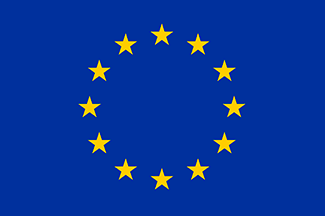
A privileged place in the mathematical field of complex differential geometry belongs to Kähler manifolds, which lie at the intersection of complex, symplectic and Riemannian geometry. As a first attempt towards understanding the non-Kähler world, numerous generalizations of Kähler metrics emerged. The project I shall carry out at AIAS for a time frame of three years endeavors to bridge the gap between these geometries by investigating complex non- Kähler manifolds of special type from an analytic and topological point of view.
Specifically, the project comprises a systematic study of explicit examples of manifolds carrying locally conformally Kähler, balanced and pluriclosed metrics and aims at understanding the analytic and cohomological obstructions to the existence of such kind of metrics on generic compact complex manifolds.
Project title: Bridging the gap between Kähler and non-Kähler geometry
Area of research: Mathematics
Fellowship period: 1 Feb 2022 - 31 Jan 2025
Fellowship type: AIAS-COFUND II Marie Skłodowska-Curie fellow

This fellowship has received funding from the European Union’s Horizon 2020 research and innovation programme under the Marie Skłodowska-Curie grant agreement No 754513 and The Aarhus University Research Foundation.
